Every successful company is guided by its customers. But what customers want is sometimes extremely difficult to pinpoint.
Do customers always need what they want? Are some customer needs more important than others? How to understand and meet these needs?
Here are the most important needs that we’re going to cover:
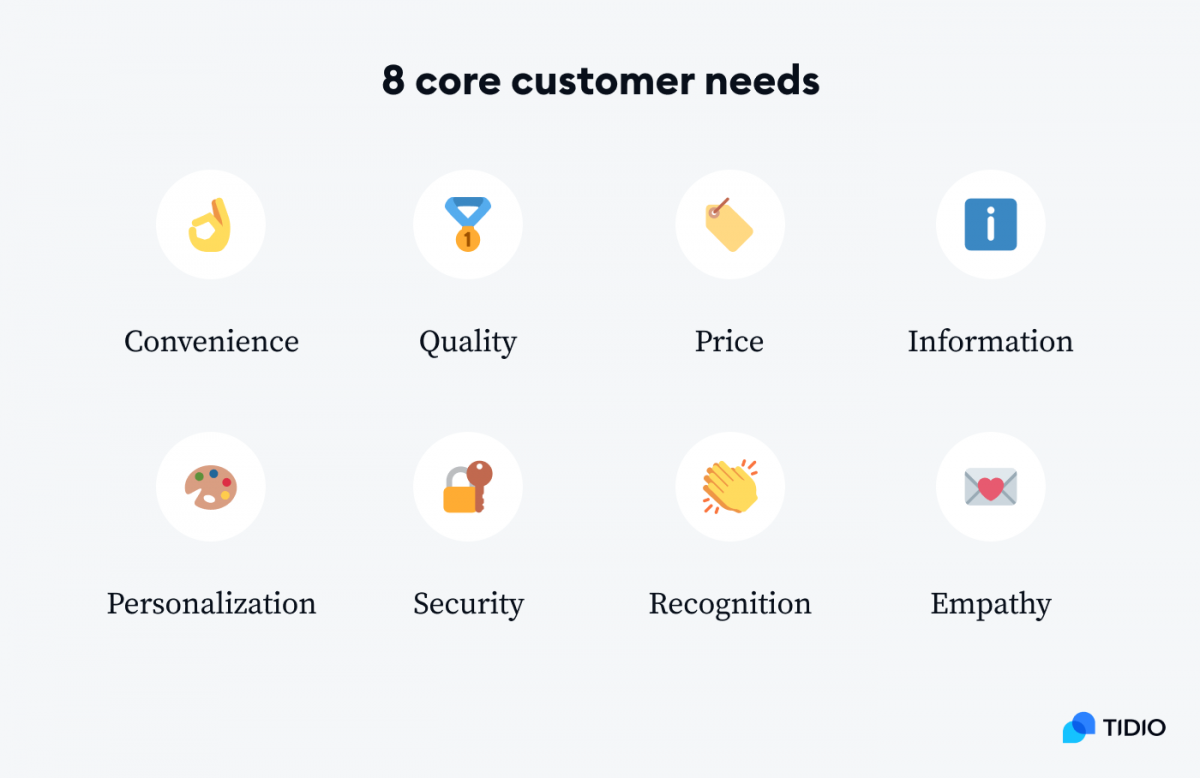
Before we go through each of them in detail, let’s start with the general idea of customer needs.
What are customer needs?
A customer need is an explicit or hidden reason why customers buy a product. Usually, customers choose companies that meet the highest number of their requirements. Identifying the needs of customers is an essential aspect of product development and marketing.
Does marketing create or satisfy the needs of consumers?
The majority of companies focus on solving common problems. They offer products and services that satisfy the needs of consumers.
However, there are many examples of businesses that have managed to create new trends too.
For example, in the first half of the 20th century, the human body and its functioning were still to some extent a taboo. It was difficult to sell some cosmetics and personal hygiene products. But in the 1960s, advertisers of deodorants convinced people that they needed them.
The narration was that many people suffer from “excessive” sweating and that they smell bad. What is considered excessive? Nobody really knows for sure. But people decided that it is better to stay on the safe side. Which in turn transformed deodorants into a $23 billion industry.
Our lifestyles change and evolve. And it is quite obvious that new products and innovations have a significant impact on shaping our needs.
Almost 9 out of 10 successful businesses say that anticipating customer needs is critical to growth.
Learn how to recreate in-store experiences and satisfy the needs of customers
Customer needs are the biggest driving force behind the modern economy. You could even argue that technological innovation results from consumer-centric business models.
In practice, it means “great” new technologies won’t get traction if there is no need for them.
For example, VR goggles seem like a great idea. But do they satisfy any common customer need? They are obviously very exciting to tech geeks, but their usability is extremely limited.
On the other hand, there are thousands of unexplored niches based on what customers want. Just have a look here: Trending Products to Sell Online [Popular & Niche Ideas for 2021]
3 types of customer needs
Traditionally, there are five basic types of needs identified in psychology. But in the context of business and marketing, we most often use three types. They correspond to the customer’s attitude towards the product, their hopes, and expectations.
What a customer wants:
- Functional needs refer to what the product does and what its qualities are. For example, a customer may think “I need some rechargeable AA batteries and these have the best capacity to price ratio.” These are typical functional needs that include criteria such as durability, price, effectiveness, and extra features.
- Social needs determine how using a product can influence the way customers are perceived by others. For example, they can be connected to manifesting one’s social status or recognition. Someone might buy a Montblanc pen to show their good taste and elegance.
- Emotional needs make customers feel a certain way. Products can evoke specific emotions or states of mind and the feelings can range from anything from angst to nostalgia. For example, watching a new episode of “Stranger Things” could make you feel like a teenage kid again.
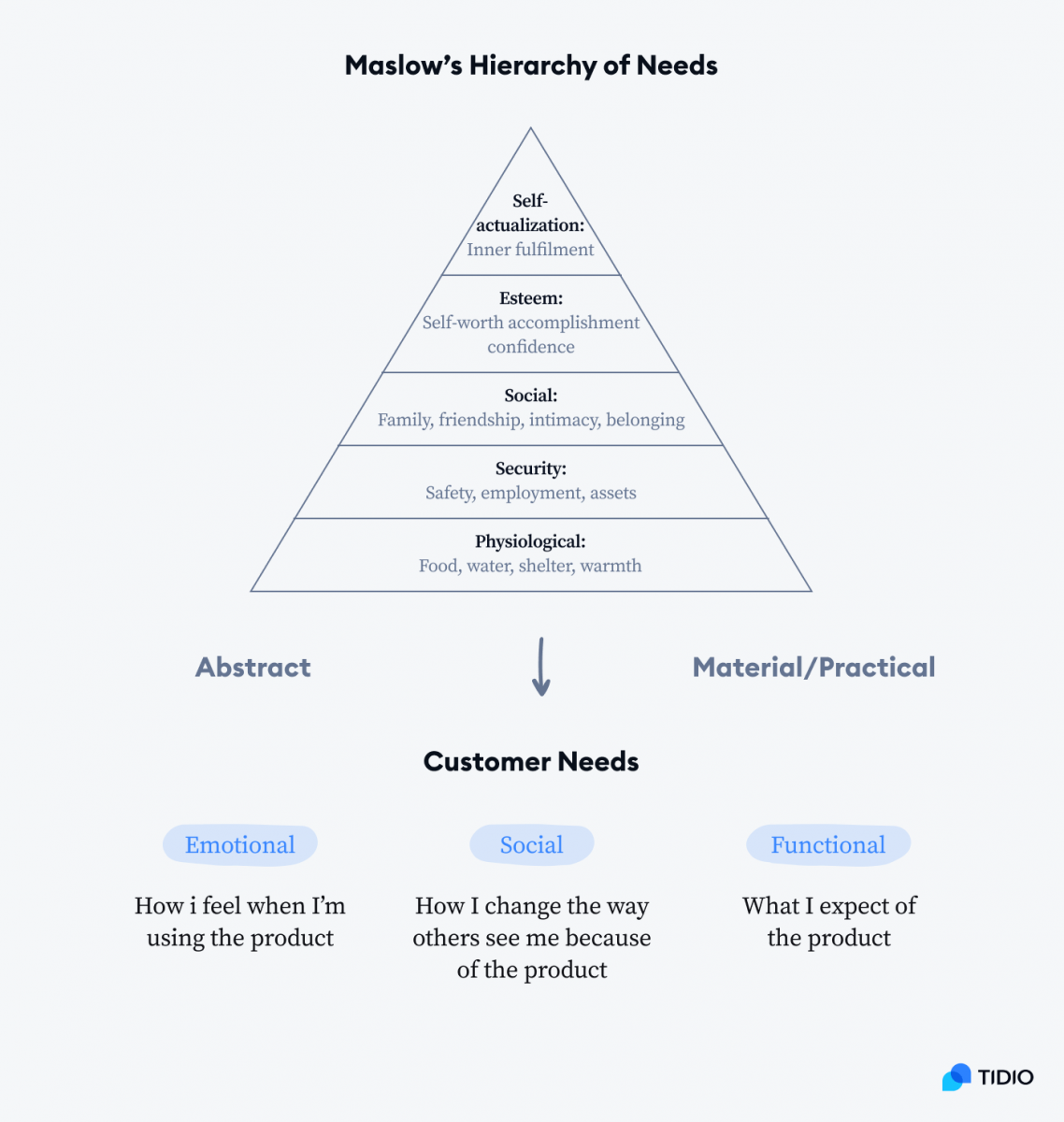
It’s hard to analyze the specific needs of customers in isolation because they tend to overlap. For example, a Harley-Davidson motorbike is supposed to:
- Be fast and reliable (functional)
- Make you look dangerous and attractive (social)
- Get you thrilled and excited (emotional)
Plus, there are other factors to consider. For example, some customer needs are explicit while other needs are latent. They are like the unknown unknowns. The things about ourselves that we don’t realize, know, or acknowledge.
And, let’s be honest—-
Customers often don’t really know what they want, and some latent customer needs are discovered by accident.
Identifying customer needs: explicit vs latent
Here’s how it works:
Sometimes your customer base will ask about a specific feature or product directly.
Collecting customer feedback will give you insights into the explicit customer needs. They may demand specific changes, like more convenient packaging or different shipping options.
However, successful businesses are able to anticipate what customers want by gathering various insights and connecting the dots. They discover latent customer needs even before they are voiced directly.
For example, we used our product data analytics to discover that online store owners need 24h automated customer service. Although our customer focus groups didn’t ask for chatbots explicitly, they turned out to be a best-selling feature.
But it is difficult to predict what the hidden or latent needs of your customers are. You won’t be able to achieve it without top customer database software. Instead, it is better to cover all grounds and address the most popular customer needs.
8 customer needs that your business should address
Here are the 8 most important needs that successful businesses focus on when they want to drive sales and increase customer satisfaction.
Let’s take a look at them in detail with some examples.
1. Convenience
If you want to make customers happy, there are two things that you can do. You can either increase your product functionality or reduce the friction of buying it. When customers have a choice, they go with the option that requires the least effort on their part.
For example, Amazon uses innovative shipping and logistics to provide customers with fast and convenient delivery. They even use autonomous delivery robots and drones to cut the delivery time down to less than an hour.
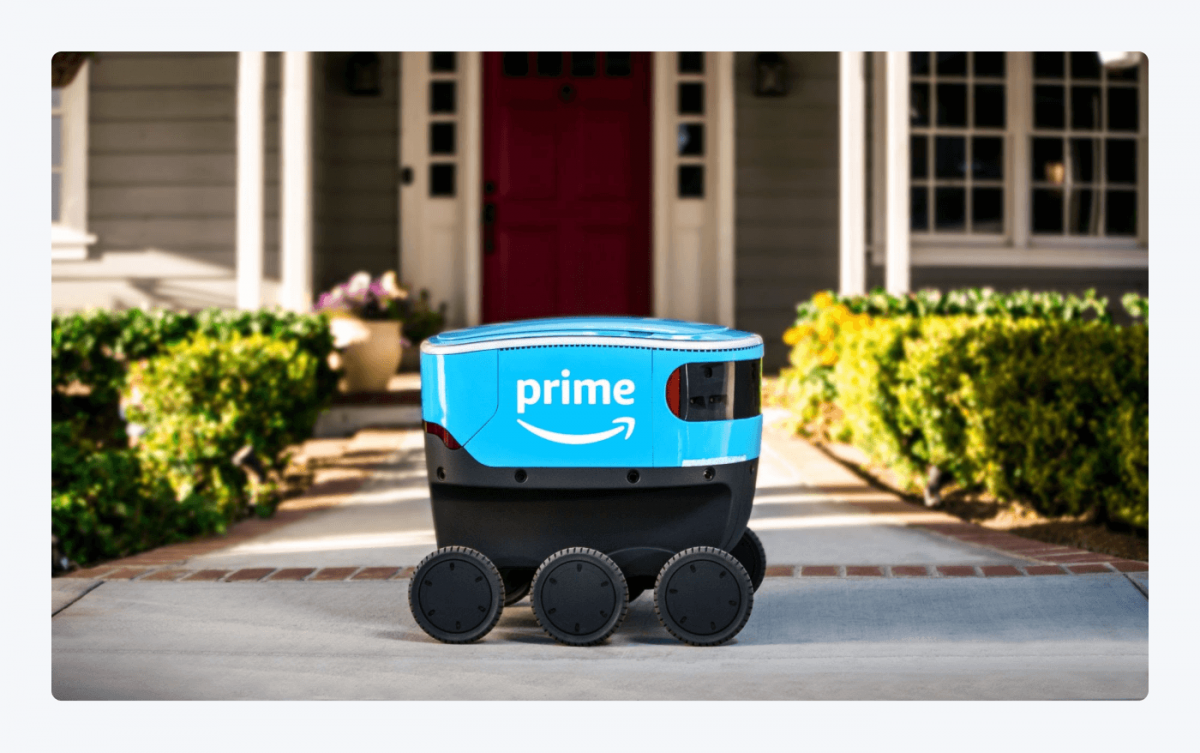
A need for convenience is fundamental. We want products that are comfortable, fast, easy to use and get the job done. The same goes for our shopping and customer experiences—they should be effortless.
One of the most neglected aspects of addressing this need is a good mobile experience. Only 12% of online shoppers believe that shopping on their mobiles is convenient. Still, it has become the most popular way of navigating online stores. About 3 in 5 adult US customers won’t buy a product if the website offers a bad mobile customer experience.
Things to do:
- Offer a fast and convenient way to connect with your customer support
- Make sure that your website is mobile friendly
- Provide fast shipping
2. Quality
In this day and age, there is no excuse for poor product quality. Customers need products that are durable and services they can rely on.
Apple used to be recognized as a tech company that creates user-friendly computers for designers and other creators. But it wasn’t until the company introduced its state-of-the-art smartphones that things started to take off. Everybody knows that if you want a quality phone (and don’t mind a higher price tag), the iPhone is the real deal. It made Apple one of the biggest companies in the world.
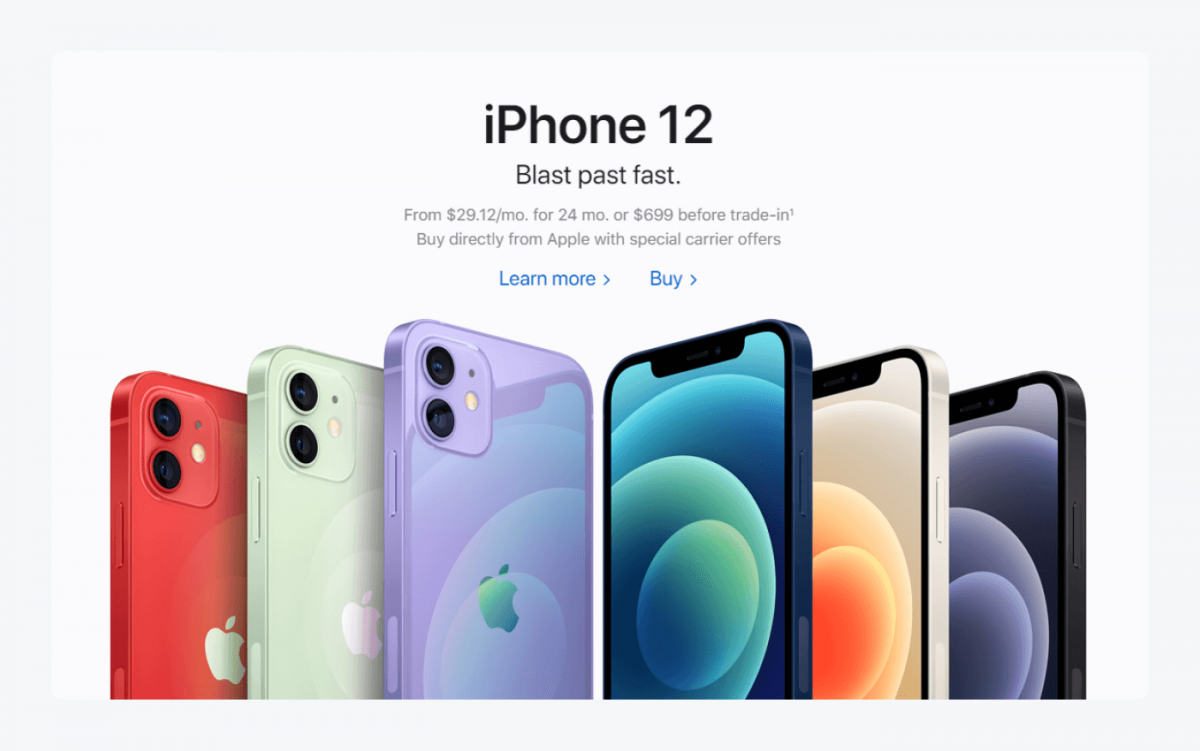
You probably believe that your company can check this one off the list. Your products are of premium quality already, right?
That’s great. But do your customers know it?
About 30% of customers abandon their shopping carts because of poor product descriptions. Also, the majority of online stores don’t use quality seals. And even if you design your own seal from scratch, it’s much better than nothing.
Things to do:
- Prepare good descriptions and focus on benefits
- Show reviews of other customers
- Use quality seals
3. Price
Price is the single most important decision-making factor only to 18% of customers. However, almost half of general shoppers consider it one of their top 3 purchase factors. It means that the majority of customers need to consider the price of a product in the context of other aspects, such as quality.
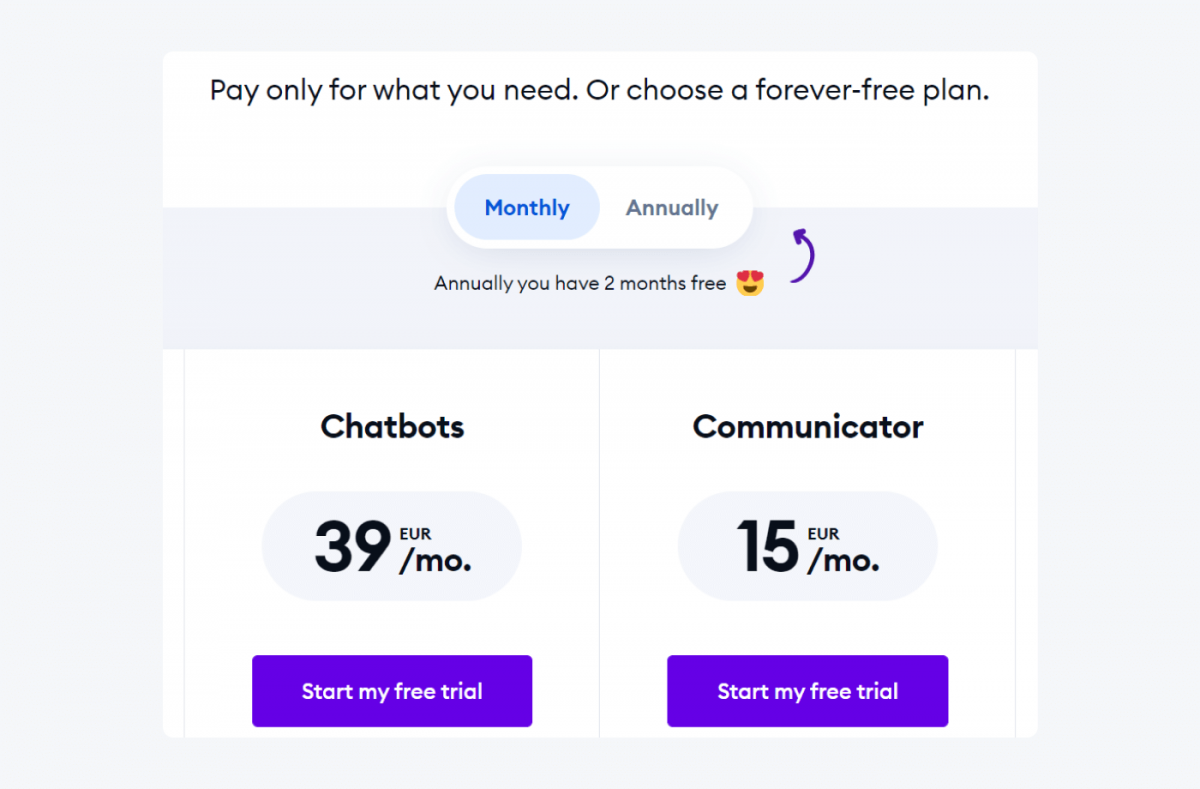
However, things may change very quickly as a new generation of shoppers enters the market. There is an increasing number of customers who compare prices. Gen Z shoppers are more likely to visit multiple stores before making a purchase.
A recent study by Business Insider suggests that price is far more important to younger generations of shoppers. About 60% of Gen Z shoppers claim that price is the primary reason why they choose one store over another.
Things to do:
- Try different discount strategies to make your pricing seem more attractive
- Prepare different deals and product tiers for specific customer segments
- Offer a fair price-to-quality ratio
4. Information
In the digital age, information is another essential consumer need. People are not going to buy a product if they don’t know its full story.
Where does it come from? Who was it made by? Was it created in an ethical workplace? How does it affect our environment? Do the people responsible for the product have diverse backgrounds, religious beliefs, and sexual orientations?
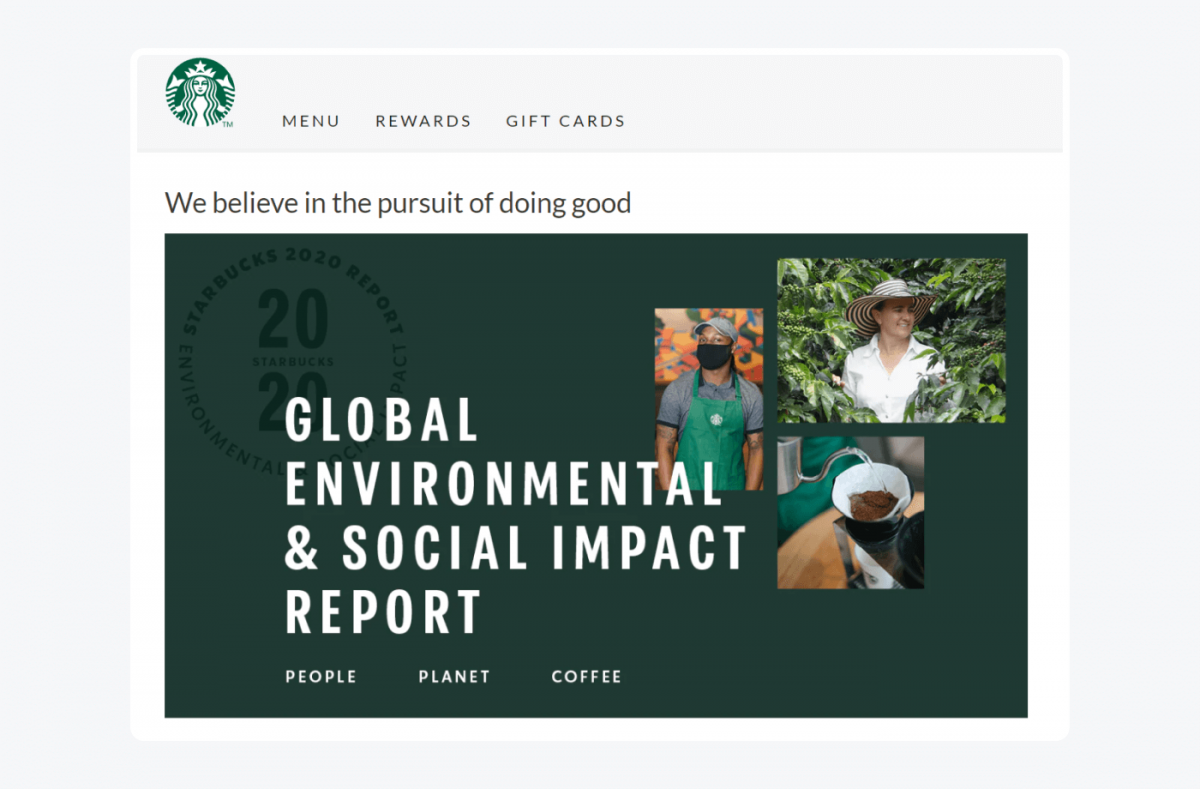
Starbucks is a good example of a company that is very transparent with regard to social and environmental responsibility. It publishes Starbucks Global Social Impact reports and is well-known for its commitment to local communities and sustainability.
Customers also want to stay in the loop when it comes to more technical or down-to-earth aspects. For example, they want to know the status of their orders and subscriptions. One of the most important goals of any modern company should be to provide quick and easy access to this information.
Things to do:
- Create a comprehensive knowledge base
- Use an FAQ chatbot to answer popular questions
- Be transparent about your policies and operations
5. Personalization
Another thing customers want is personalization. You should make them feel like they are someone special—not just another customer like hundreds of others.
Take a look at this personalized thank you for your order card.

Using personalizations improves your chances of making a lasting impression.
Even a simple trick—for example, using their first name in your email marketing subject lines—can help. But if you go the extra mile and do something unique “just for them,” you can make a real connection.
We don’t really do it for our customers, but we’ll make an exception—this phrase can become a secret weapon of your customer service agents. It will get you out of many tight spots.
Personalization translates into better customer experiences and loyal customers.
Things to do:
- Connect with individual customers via email or a chat widget
- Use surveys and lead generation bots to collect data and offer personalized experiences
- Offer personalized thank you for your order notes
6. Security
Security is something that everyone ignores. Until something bad happens. As a business owner, you should make sure that your customers feel safe using your product or website. In the context of online businesses, it usually means protecting personal data.
According to our research, many customers believe that our phones are listening to us all the time. Almost 57% of them believe that there is going to be a data leakage of private recordings within the next 5 years.
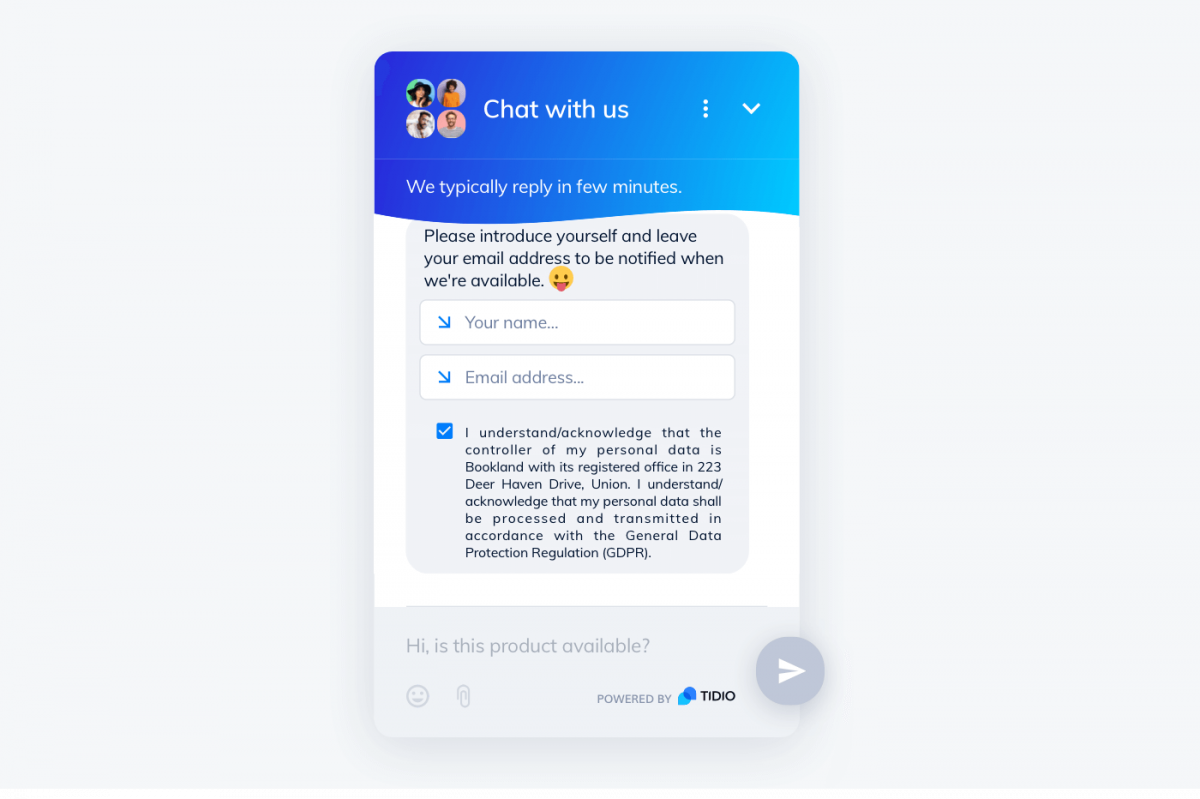
You should ensure that your customers know what type of personal data you collect and how you use it. Additionally, modern businesses care about security certificates and use only recognized payment channels.
Things to do:
- Use only secure customer service tools that offer encryption and one-way hash algorithms
- Make sure that your business complies with local data protection laws
- Go through our website trustworthiness checklist
7. Recognition
All people seek the recognition of others. This is a natural and very human trait. Some products are bought only because they convey social or material status. Others may seem like ordinary items of everyday use. But are they?
As a business owner, you should understand what are the social implications of using your product.
Even if you are selling regular toothpaste!

Cleaner and whiter teeth mean a more attractive smile. And that means feeling more comfortable and making friends without problems. Ultimately, everything corresponds to how we function as a society and interact with each other.
While this has little influence on your product as such, it can have a huge impact on your marketing. Meeting customer needs is easier when you understand the big picture. Show your customers what your product does and what they can achieve with it. Use believable situations that match your customers’ desired lifestyle, and you’ll see the true power of advertising appeals.
Things to do:
- Create your customer persona and analyze their aspirations
- Make sure to communicate the right values in your advertising
- Use product photography that shows your products in everyday situations
8. Empathy
Many customers will enjoy your products. Some will even suggest how to improve it. Some customers, on other hand, will be disappointed with your company. And call you names. All customers, especially angry customers, want to share their stories and be understood.
Empathy can be your biggest asset. Show your customers that you listen to them and your company is customer-centric. Don’t judge them or treat them only as abstract numbers on your dashboard with sales analytics.
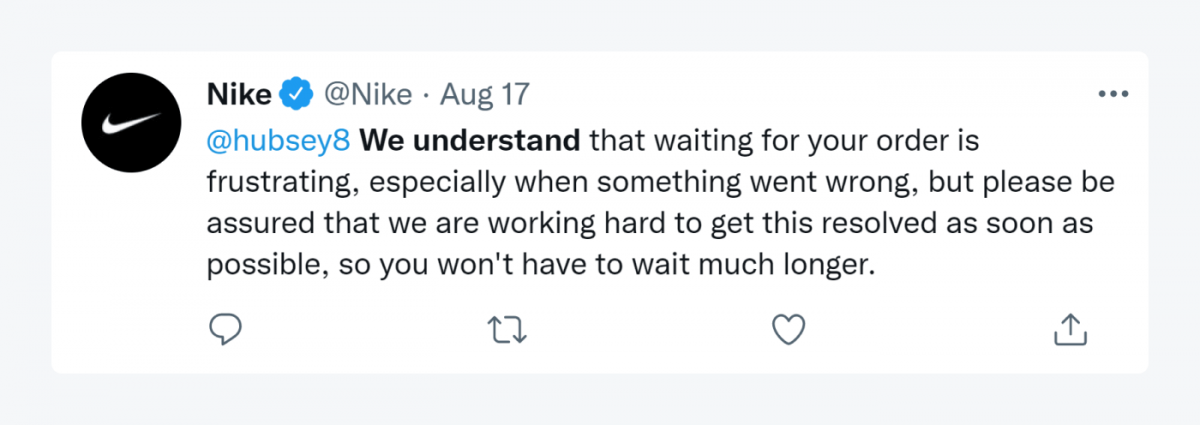
While it may take a lot of effort on your part, companies that understand customers will always stand out. And they’ll win in the long run by building a loyal customer base.
Things to do:
- Train your customer support team and other employees
- Provide real-time contact with your customers
- Listen to customer feedback
OK—
This was the last entry on our list of critical customer needs.
But what if we wanted to take it a step further? Are there any techniques or tools to analyze our customers’ needs?
Well, of course there are!
What is a customer needs analysis?
Customer needs analysis is the process of discovering what your customers want. It is a type of customer research that focuses on requirements for a product or a service. The analysis helps with creating unique customer value propositions that meet customer needs. A value proposition defines how a company’s product or service fulfills the needs of a customer.
3 levels of understanding customer needs
Good: Your business reacts to customers requirements and tries to understand the customers’ viewpoint
Better: Your business actively listens to customers, collects valuable insights, and influences their views
The best: Your business anticipates customer requirements, works with the customer to develop a business relationship
How to identify customer needs and expectations?
The process of customer needs assessment is connected with topics such as customer success and customer experience.
Your aim is to create a framework that continuously collects information on your existing and potential customers. Then you use it for market research, developing new products, and product features that address the needs of your customers.
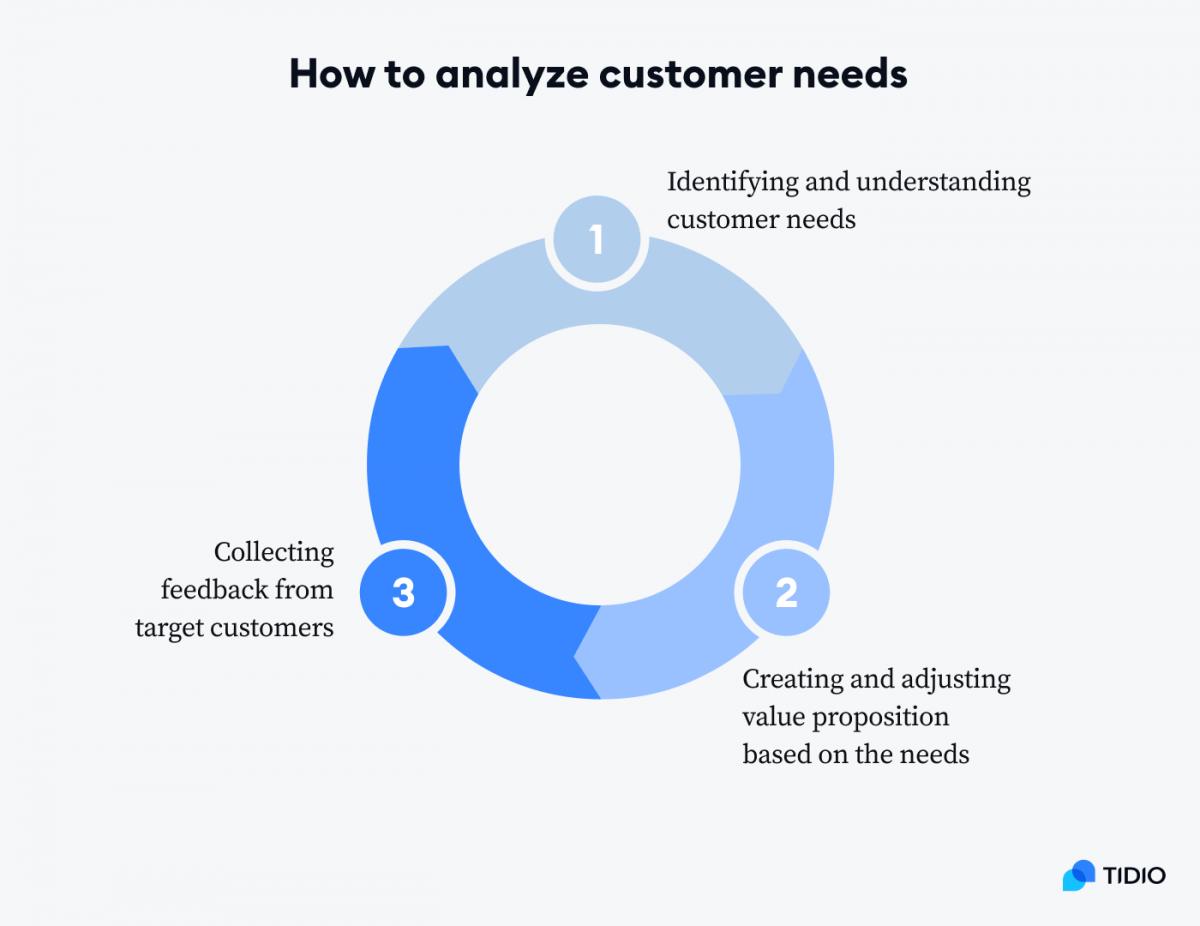
The cycle should be iterated many times before arriving at a well-defined product, customer journey map, and marketing strategy. Marketplace needs change very quickly and even when you crack the formula, you should keep an eye on the situation.
If you want to start gathering customer data, you might be interested in this guide: Collecting Customer Feedback Automatically with Tidio
Methods to identify customer needs
It is easy to find what products customers want. You can explore Google Trends, best-selling products on Amazon, or use popular keyword analysis tools. However, it is best to collect data on your own. It can be time-consuming but will give you the most accurate information.
The best ways to do find out more about your customers and their unique needs are:
- Customer surveys
- Gathering insights from social media
- Reading reviews
And here is why they can become critical to your business.
1. Customer surveys
Traditional customer satisfaction surveys are still the best way to gather insights from clients. You can collect your CSAT or other important metrics and, at the same time, ask follow-up questions about your services and products.
[IMG: Chatbot that asks why customers have abandoned their shopping cart]
For example, in the context of ecommerce, you can deploy a chatbot that asks customers why they haven’t finalized their order. The messages that they leave will help you understand their doubts and concerns. Was it the price? Or maybe they don’t find your payment options trustworthy? Instead of guessing, you can use automated chatbots to ask these questions directly.
Learn how to recreate in-store experiences and satisfy the needs of customers
You can also learn how to design a great customer satisfaction survey by reading our guide: How to Create a Customer Satisfaction Survey [100+ Sample Questions].
2. Social Media
Social listening is the process of monitoring social media for the purpose of market research. It also helps you connect with customers and increase their retention.
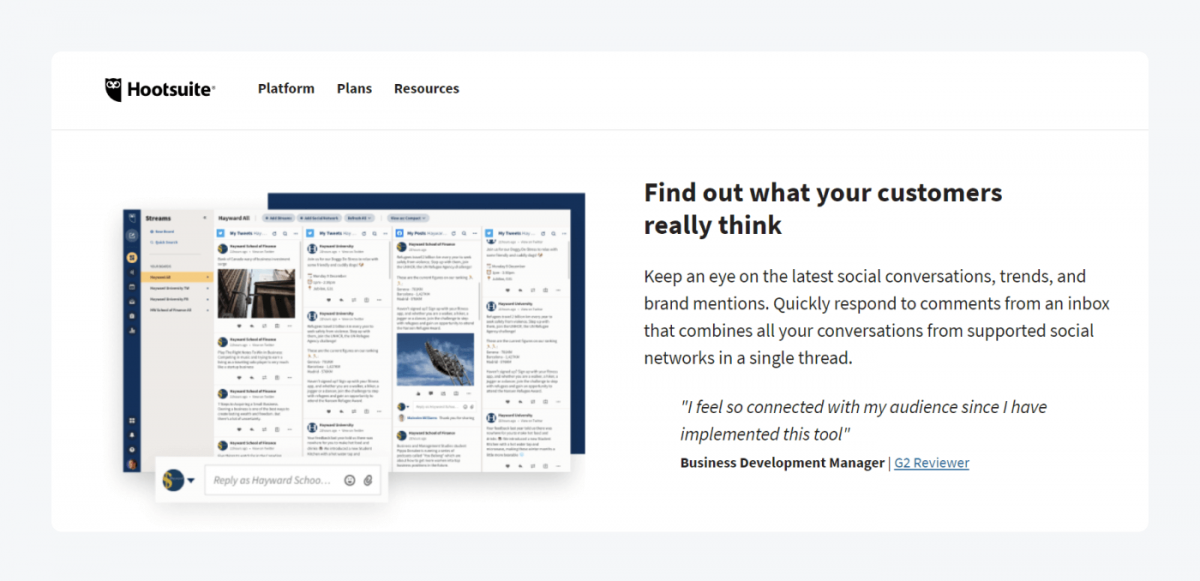
There are many dedicated tools that help you with social listening, Hootsuite being one of the most popular platforms of this type. You can track when somebody mentions your brand, monitor specific hashtags on Twitter or Instagram, or set custom alerts when somebody leaves a comment on your competitors’ Facebook page.
3. Reviews
Reviews and comments are an invaluable source of information about customers.
For example, you can visit a website or an app store, copy all negative or positive reviews into one document, and use a text corpus analysis tool. It will help you discover the most common requests, requirements, or disappointments of your competitors’ customers.
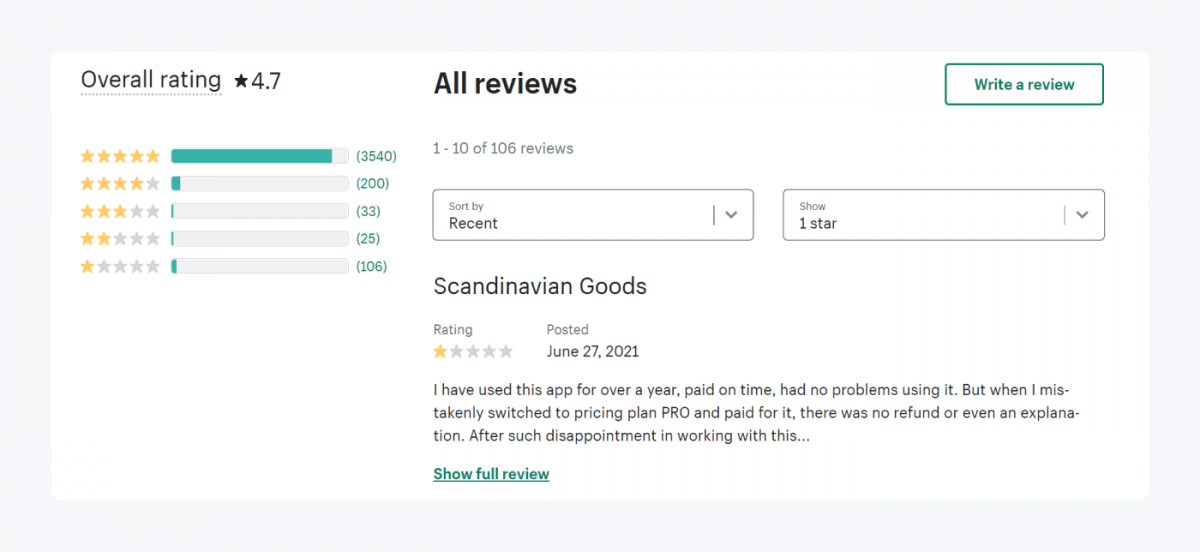
Once you learn what features are missing and what the most common arguments are, you can adjust your product or communication strategy. For example, if 70% of your customers love your products for their elegant design, maybe it is something that you should mention in your next marketing campaign.
Key Takeaway
Big companies are not the ones with the best technology or the lowest prices. Sometimes they have that too. But it’s much more important to anticipate customer needs to ensure sustainable growth.
To meet customer needs and expectations make sure that you:
- Listen to your customers and their requirements
- Understand the functional, social, and emotional needs of your customer base
- Identify the needs that are critical to your business and marketing strategy
- Adjust your offer to meet the needs of clients
If you want to connect with your customers and start collecting meaningful insights right away, try Tidio’s all-in-one customer service platform for small businesses.

